Interesting question, this is what I came up with using poly2nb, based on this. I have not worked with this before, so it might be a bit clumsy, but at least it seems to work and might get you on your way. Another option is given in this thread, using gRelate.
library(spdep)
countries<-c("CZE","DEU","AUT","SVK","POL")
EUR<-getCountries(countries,level=1) # Level 1
CZE<-subset(EUR,ISO=="CZE")
plot(EUR)
# create neighbour structure with ID_1 as names
# each item in this list contains id of all neighbouring polygons
nb = poly2nb(pl=EUR, row.names=EUR$ID_1)
# plot nb structure, collection of lines and points
plot(nb, coordinates(EUR), col=2, lty=2, add=T)
# get ID_1 names from nb items, stored in attributes
nb_attr = attributes(nb)$region.id
# take only those nb items that belong to the CZE polygons
nb1 = which(nb_attr %in% CZE$ID_1)
# convert the numeric id in the selected items to ID_1 format
neighbour_ids = unique(nb_attr[unlist(nb[nb1])])
# select polygons in EUR dataset that correspond with the found ID_1's
CZE_neighbours = subset(EUR,ID_1 %in% neighbour_ids)
# plot neighbours and CZE
plot(CZE_neighbours, col=3, add=T)
plot(CZE, col='steelblue4', add=T)
# add legend
legend('topleft',fill=c('steelblue4','green'),legend=c('CZE','neighbours'))
For completeness, an alternative using gRelate in the rgeos package:
# get relations between EUR and CZE polygons
x<-gRelate(EUR, CZE, byid = TRUE)
# Select polygon ids which border at least 1 of the CZE polygons
# ("FF2F11212" are bordering polygons)
id_bordering = EUR$ID_1[apply(x,2,function(y) sum(which(y=="FF2F11212"))>=1)]
poly_bordering = subset(EUR, ID_1 %in% id_bordering)
# plot results
plot(EUR)
plot(poly_bordering, add=T, col=4)


